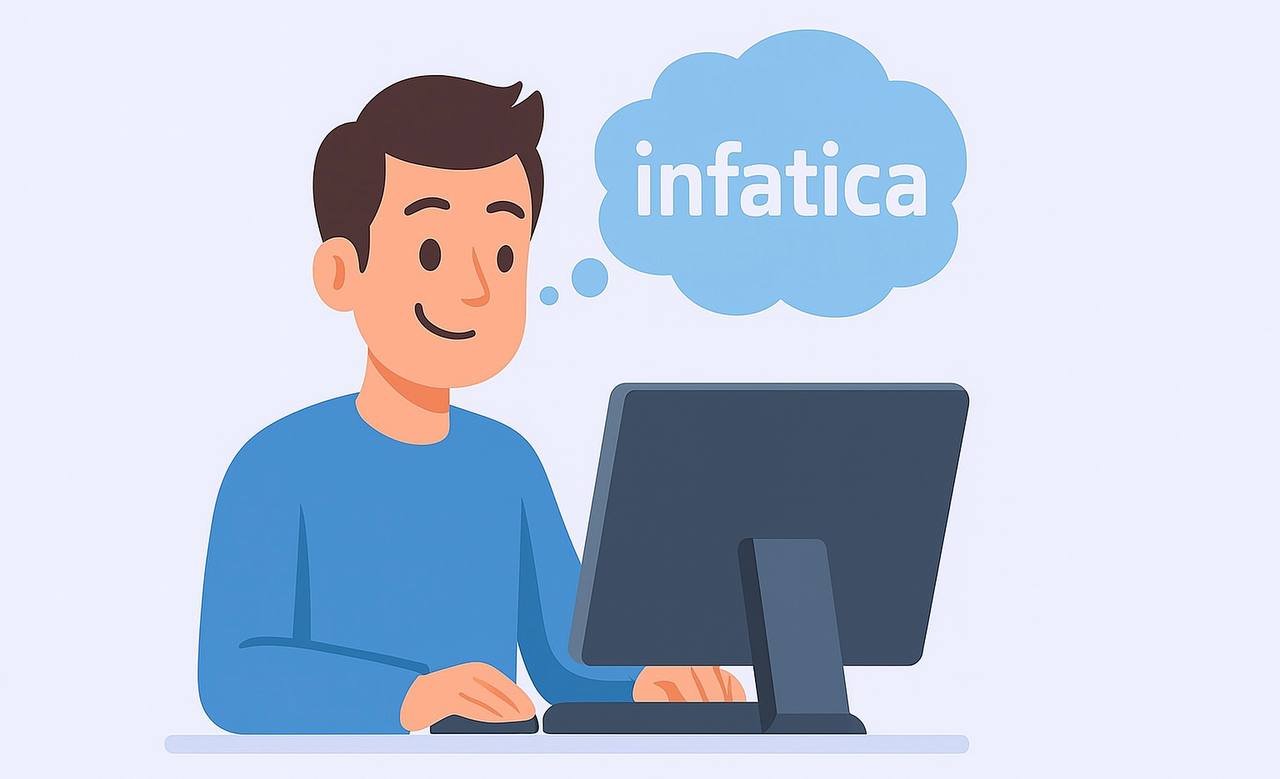As privacy regulations, ads transparency initiatives, and the Digital Markets Act reshape user acquisition practices on platforms like Google Play, app developers are looking for sustainable, privacy-compliant, and non-intrusive monetization options. Conventional advertising models continue to deliver subpar results in segments where user retention is modest and eCPMs are low. Monetizing via IAP or subscriptions also comes with limitations—especially in freemium apps where less than 3% of users typically convert. Passive monetization SDKs are beginning to offer a compelling alternative, particularly when they can operate in the background, respect privacy standards, and generate per-user income independently of engagement or ad views.
One of the primary metrics under consideration when evaluating CPI efficiency is Return on Investment (ROI). This metric can be formally described using the following formula: ROI = (LTV – CPI) / CPI. At a CPI of $3.00, developers need an LTV of at least $4.50 per user to achieve a 50% return on spend. While increasing ARPDAU or improving retention can shift LTV favorably, these are slow levers. In contrast, SDK-based monetization can provide immediate supplementary revenue—especially when implemented with models like Infatica’s peer-to-business network.
Monetization Under Pressure: Data from 2025
According to AppsFlyer’s 2025 projections, global app install ad spend will exceed $95 billion, driven by both inflationary user acquisition pricing and increased competition in gaming, finance, and utility categories. Meanwhile, the average ARPDAU remains stagnant at $0.03–$0.12 across most non-gaming apps.
Alternative monetization SDKs serve as both a hedge and an amplifier. By tapping into user bandwidth or idle device time, these SDKs create a new revenue layer that doesn’t require additional user engagement, click-throughs, or in-app purchases. They are particularly attractive for developers operating on Windows/macOS hybrid apps, Android APKs distributed outside of Google Play, or browser extensions.
Infatica SDK, for example, supports all three environments and is designed to work silently, without degrading UX or violating platform policies.
Building Sustainable App Economics: A Methodical Approach
Successfully offsetting CPI in 2025 demands a structured monetization roadmap. First, understanding audience composition is crucial. Retention curves, platform splits (mobile vs. desktop), and monetization potential per cohort help predict overall LTV. Tools like AppsFlyer’s pLTV estimator or internal analytics dashboards can provide granular insights.
Once data clarity is achieved, choosing the right monetization strategy becomes easier.
SDK-based background monetization is particularly effective when CPI exceeds the breakeven point. Integration with Infatica SDK requires minimal development time and no UI changes. It operates only during idle time and in background mode.
After implementation, developers can test performance and battery metrics via A/B cohorts. The SDK adds ~$0.30–$0.70 monthly revenue per user on desktop. This model scales globally and independently of user engagement.
Infatica SDK: A Technical and Strategic Monetization Asset
Infatica SDK works via peer-to-business routing. It collects no personal data except IP address and complies with GDPR, CCPA, and ISO 27001. Unlike ad SDKs, it runs in the background and does not interfere with UX.
Sub-ID tracking allows detailed revenue attribution, so developers can calculate ROI for each channel and optimize budgets accordingly. This makes SDK income a transparent and actionable revenue stream.
Applied Example: Infatica in a Puzzle Game
Let’s assume a puzzle app “GridLogic” acquires 100,000 users at $3 CPI (total $300K). With ARPDAU of $0.03, projected LTV is ~$3.75 — not profitable. Infatica SDK adds ~$0.35/user ($35K revenue), and subscriptions contribute ~$150K. Total revenue becomes $485K. ROI: (485−300)/300 = 61%.
Industry Comparison: Infatica vs. Other SDK Models
| Platform | Platform Support | Passive Model | Privacy | Revenue/User |
|---|---|---|---|---|
| Infatica SDK | Android, Windows, macOS | Peer-to-Business | GDPR/CCPA + ISO 27001 | $0.30–$0.70 |
| Honeygain | Desktop | Mixed | Less Transparent | $0.20–$0.50 |
| Proxyrack | Limited | Mixed | Moderate Compliance | $0.10–$0.40 |
Navigating Policy Changes in Google Play and DMA Era
With 2025 updates to Google Play focusing on ads transparency and background services, SDKs must be policy-compliant. Infatica SDK supports all required declarations in manifest and includes templates for opt-in, opt-out, and privacy settings. Only the user’s IP address is ever collected.
The Strategic Payoff of SDK Monetization in 2025
High CPI, regulatory pressure, and user ad fatigue make SDK monetization a key revenue strategy. Infatica offers cross-platform compatibility, silent monetization, and full user coverage. It is particularly suited for developers looking to unlock additional ROI without compromising UX or privacy.
Learn more about Infatica SDK
Contact our team or explore the SDK documentation.
Further reading on our blog:
